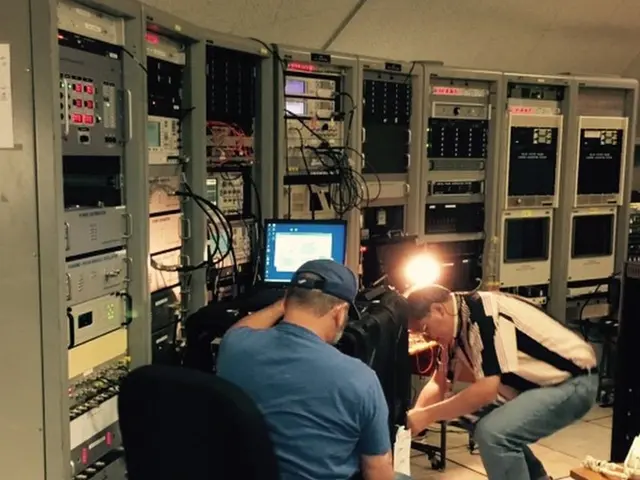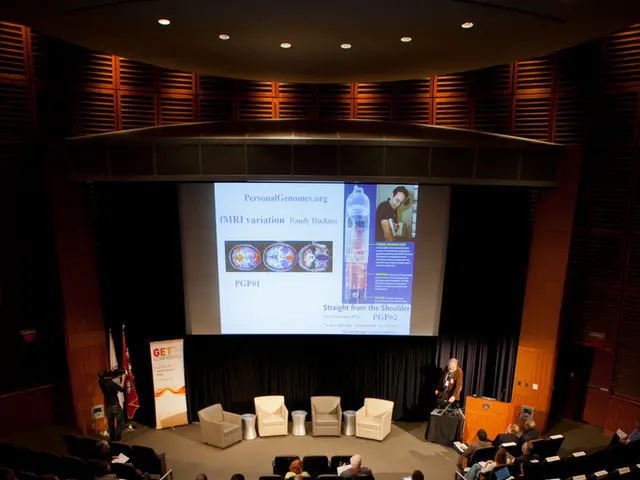U.S. Solar Industry Faces Headwinds, Despite Tech Advancements
The U.S. solar industry faces headwinds as California cuts funding for a major virtual power plant program and a new bill threatens to slow solar project development. Meanwhile, technological advancements promise higher efficiency and performance.
California's budget shortfall has led to reduced funding for its largest virtual power plant program, potentially impacting the state's clean energy goals. However, a gigawatt-hour virtual power plant test in California could soon become the world's largest, demonstrating the potential of these systems.
In a positive development, Enphase has introduced a commercial-scale solar microinverter with an impressive 97.5% efficiency. This advancement could lead to more efficient and cost-effective solar installations.
Researchers at the National Renewable Energy Laboratory (NREL) have discovered unexpectedly high UV-induced degradation in n-type solar modules. This finding could help improve the durability and longevity of solar panels in the future.
Despite California's funding cut and the potential impacts of the One Big Beautiful Bill Act on U.S. solar industry growth, technological innovations continue to drive solar energy forward. As the world's largest virtual power plant test nears completion, the future of solar energy remains promising, despite current challenges.
Read also:
- Budget cuts at federal and state levels jeopardize advancements in fighting HIV and AIDS within Dallas County
- Strategies for Maintaining and Boosting Physical Activity as You Grow Older
- Understanding Prediabetes: A Precursory Condition to Diabetes
- Strategies for Strengthening a Nigerian Infant's Immune System








